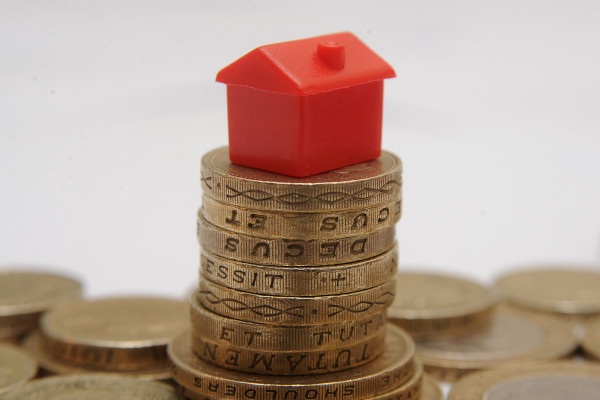

Since April 2020, all BTL properties have had to have an energy performance certificate rating of E. But the government wants to raise this requirement to an EPC rating of C from 2025.
This will affect more than half (58 per cent) of UK homes.
Emma Cox, Shawbrook Bank’s head of sales, told FTAdviser: “Landlords are looking into a problem they haven’t really grappled with. Some landlords haven’t even thought about it yet.”
She said one of the immediate consequences might be that tenants simply choose not to live in those properties.
“But an even greater risk,” said Cox, “is that lenders may not lend on properties with an EPC rating of D or below.”
She has seen lenders asking additional questions around investor strategy for properties which are an EPC C rating or below. “They’re asking whether landlords have a plan for the deadline,” she said.
In very extreme cases, Cox said valuers might even start labelling properties under an EPC C rating ‘unmortgageable’. “We could find ourselves in another mortgage prisoner situation,” said Cox.
“We need to bring about an awareness of the impacts of not changing the rating. We need to go deeper and broader to help landlords improve the housing stock. These assets will stick on any banks’ balance sheet, because there is a risk of them becoming unmortgageable and unrentable.”
A recent poll conducted by Countrywide Surveying Services across lenders, brokers, and surveyors found more than two-thirds (71 per cent) believe valuers should reflect the EPC rating in value depending on a property’s EPC rating.
A number of lenders have unveiled ‘green’ mortgages, but Cox highlighted the lack of rewards for landlords with properties of an EPC rating of D or lower.
Shawbrook, a specialist buy-to-let lender, is yet to launch its green mortgages range. “You can easily fall into a gimmicky marketing ploy around it. We wanted to be more thoughtful," Cox said.
Unable to reveal the exact details for the product, which is set to land in October, Cox said it “will look to support [and incentivise] those landlords making the necessary improvements to their properties” - rather than simply rewarding those landlords which have already made them.
Last month, data released by the Office of National Statistics suggested the government’s green homes initiative could cost landlords a collective £21.5bn. This works out to £7,646 per privately rented property.
With government finance for the home improvements now withdrawn, many landlords have found themselves ‘stuck’ with no spare cash to meet the EPC target.
A UK Finance spokesperson told FTAdviser the cost implications for both landlords in the rental sector and homeowners of the government’s EPC target “need to be considered fully [...] to avoid any unintended consequences”.
The National Residential Landlords Association went as far as to label the government’s ambitions to improve the energy efficiency of the rental housing stock “a pipe dream”.
“The chancellor needs to develop a financial support package that works for landlords and tenants,” the NLRA’s chief executive, Ben Beadle, said in July. “This should especially be targeted at the hardest to treat properties where the cost of work will be prohibitive for landlords.”
The government is currently mulling the introduction of £4,000 grants to replace gas boilers as part of its yet-to-launch 'Clean Heat Grant' to replace its failed Green Homes Grant. But a final decision won't be published until next month in its heat and buildings strategy.
In October 2018, legislation came into force which makes it harder for landlords to evict tenants even if they’re not paying rent, exposing landlords to the potential of missed mortgage payments.
Earlier this year, Shawbrook found a fifth of landlords are considering selling all or part of their portfolios and Cox said these changes might prove a "tipping point" for some landlords to exit.
But alongside those landlords feeling especially vulnerable to ongoing government regulation changes, there are a small number of buy-to-let investors who call themselves ‘ethical investors’.
“We’ve seen a large portfolio landlord reduce carbon emissions to the point where they reduce landfill. Some landlords really want to build a better housing stock,” said Cox.
“Another example is an investor which has built up a portfolio to hand over to homeless people. There’s a new wave of ethical landlords looking to give back. But typically, these are landlords with larger portfolios who can afford it.”
ruby.hinchliffe@ft.com



